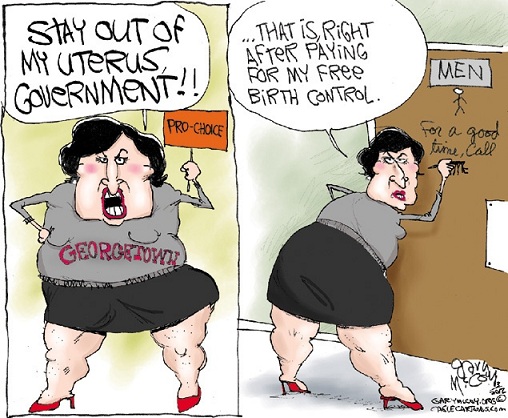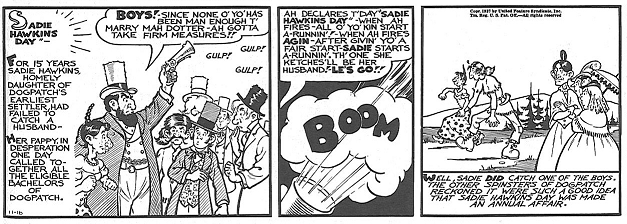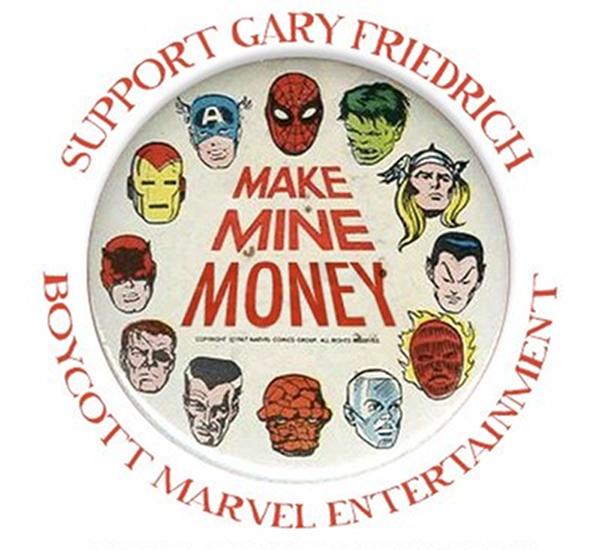
It’s just a coincidence that on international women’s day Tom Spurgeon linked to two of the most horrible cartoons that have been published about Sandra Fluke. The cartoon above, by Gary McCoy, is one of them, while the second one puts some racist icing on the sexist shitcake by putting in a Huggy Bear style pimp.
Sandra Fluke was the woman who testified before Congress about having anticonception as part of health care insurance and how when it isn’t covered by such insurance it can be quite expensive to pay for, especially for oral contraceptives like the pill, which have to be taken regularly and which can vary widely in cost and effectiveness. Frustrating enough that such hearings need to be held in what calls itself a civilised country, but for the dimbulbs on the American right who oppose any sort of measure that can give women any sort of control over their own bodies and sex lives, this made Sandra Fluke a whore and a slut, as Rush Limbaugh called her.
It’s no surprise therefore to see some cartoonists pushing the same stupid, hateful lie, but is depressing. Unlike Tom Spurgeon, I don’t think anybody actually believes this bullshit, unless they’re very sheltered and ignorant about how the pill works, which is impossible but unlikely and in any case no excuse. It isn’t viagra, you don’t swallow it just before sex but actually need to take it on a fairly rigid schedule to get its benefits and apart from being an anticonceptive, it’s also used to help women with a host of medical problems. To believe it’s a sex pill and a woman taking it is a slut is so incredibly stupid that it cannot be done other than in malice.
The secondary features of these cartoons confirm this malice. Gary McCoy turns Fluke into a bloated monstrosity scribbling on the doors of a men’s lavatory, while Mike Lester silences here completely, while a stereotypical pimp figure tells the reader she’s a whore. These are nasty, vile cartoons and the people who made them should lose their jobs over them, just as Limbaugh in a just universe should lose his radio show.
Because what Limbaugh and these cartoonists, as well as all those good Christians chuckling over their jokes” are doing is bearing false witness, lying about and attempting to destroy one ordinary woman just because they see some transient political gain in it.

